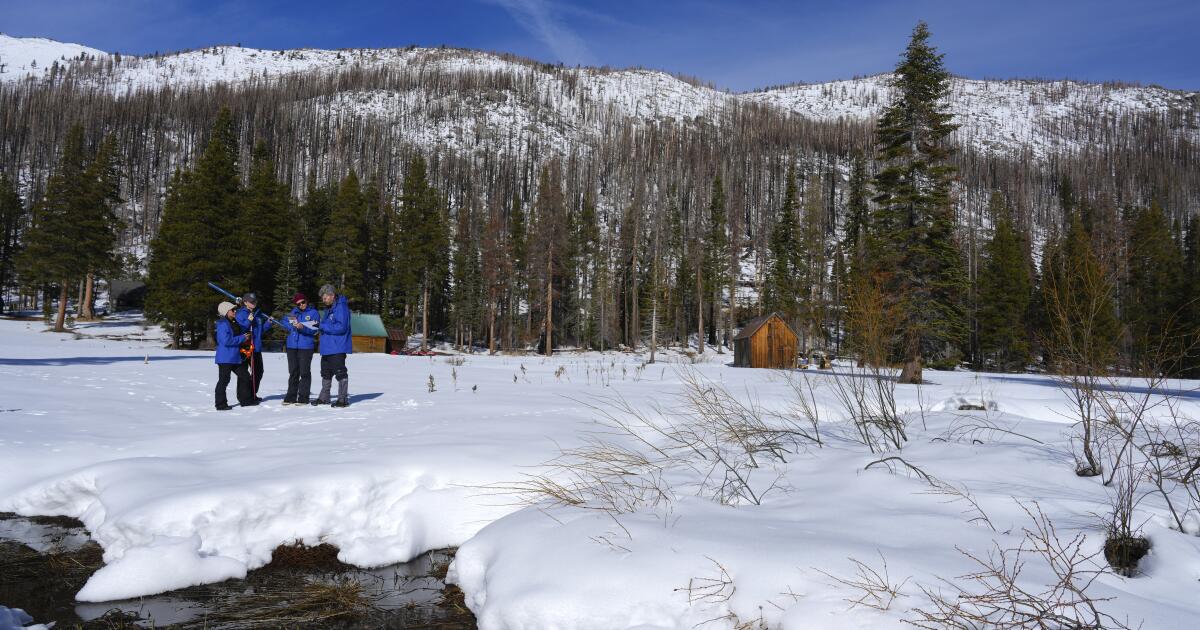
Forest reserves in Ghana’s Upper East Region are under significant threat, primarily driven by human activities such as widespread tree felling for charcoal production and firewood. As a result, areas like Tilli are increasingly resembling desert-like landscapes, signaling the erosion of critical ecosystems in the region. The forest reserves, which are part of an important elephant migration corridor, are also suffering from the impact of these migrating elephants.
As they search for food, the animals often push over smaller trees, exacerbating the degradation of the forests. This combination of human activity and wildlife migration is pushing the delicate environmental balance to its breaking point. In an exclusive interview with Asaase News, Reuben Yenli Kaaraa-Iibu, Planning Officer for the Bawku West District and Chairman of the Gambaga sub-basin, outlined the gravity of the situation.

Speaking during a White Volta Basin board meeting, Kaaraa-Iibu revealed that the region’s reserves, spread across six districts in the eastern part of the Upper East Region, have suffered from years of unsustainable environmental practices. The Gambaga sub-basin, which includes districts like Bawku West, Bawku Municipality, Pusiga, Tempane, Binduri, and Garu, has become a focal point for these challenges. The region’s environmental degradation is having profound effects on agriculture, the region’s economic backbone.
Frequent flooding, compounded by declining rainfall, is severely disrupting crop production, with farmers already facing reduced yields. Kaaraa-Iibu emphasized the urgent need for action to mitigate the environmental and economic fallout. “We are seeing the dire consequences of deforestation firsthand,” he said.
“The flooding and reduced rainfall are just some of the immediate effects, but the long-term damage could be far worse unless we act now.” Kaaraa-Iibu has proposed a comprehensive strategy to combat deforestation and restore the region’s environmental health. Central to the plan is reforestation through large-scale tree planting, alongside the enforcement of by-laws that would regulate access to vital forest areas.
He also emphasized the importance of focusing on natural regeneration of the forest. “We need to identify key areas where the communities can agree to preserve, ensuring these regions are protected for an agreed period,” he explained. A critical aspect of this strategy involves local community engagement.
By working with traditional authorities and ensuring their understanding and support of the by-laws, Kaaraa-Iibu believes the initiative can gain traction at the grassroots level. However, simply restricting access to forest resources is not enough. To address the root causes of deforestation, alternative livelihood options must be provided to the local populations.
“We plan to work with Village Savings and Loan Associations (VSLAs) and other community-based services to offer support,” he said. “These programs will provide training, resources, and even food aid to help people transition to more sustainable livelihoods.” Kaaraa-Iibu highlighted several potential areas for alternative income generation, including beekeeping and aquaculture.
These initiatives would not only offer financial support but also promote sustainable practices that reduce the pressure on the region’s forests. Strengthening governance structures is another key part of Kaaraa-Iibu’s proposal. While some government institutions are already in place, many lack the expertise and capacity to address the specific issues of deforestation and human-wildlife conflict.
In particular, the migration of elephants through the region has complicated efforts to balance conservation with human development. “The government bodies we have are working on these issues, but many are not equipped with the specialized knowledge needed to fully address the complexities of forest conservation and elephant migration,” Kaaraa-Iibu said. One of the critical steps in overcoming these hurdles, he argued, would be to either build the capacity of the Department of Food and Agriculture or create a dedicated Department of Forestry that can focus on managing elephant migration and improving forest conservation efforts.
In conclusion, Kaaraa-Iibu called for a holistic approach to forest conservation, emphasizing the need for a combination of reforestation, alternative livelihoods, and strengthened governance. As the Upper East Region grapples with its environmental challenges, the path forward will require collaboration between local communities and government agencies. With collective effort, the region can work toward ensuring the long-term health of its vital forest reserves, securing both the environment and the livelihoods of the people who depend on it.
.















